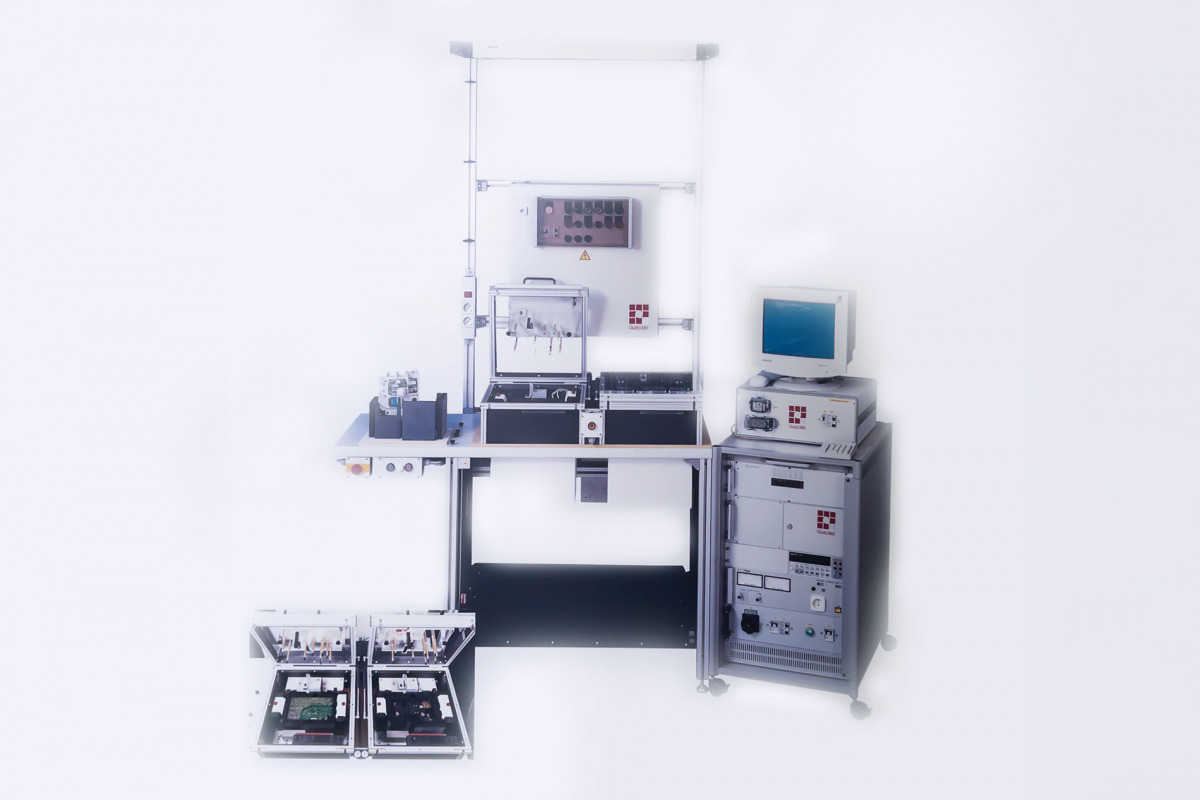Inline Testing In-Line-Testing for Automotive, Electronics & Other Industries
Do you want to detect and fix product faults early during manufacturing? We develop reliable in-line test strategies and implement them reliably – backed by our many years of international experience.
- Quality made in Germany
- Well-thought-out solutions
- Seamless integration
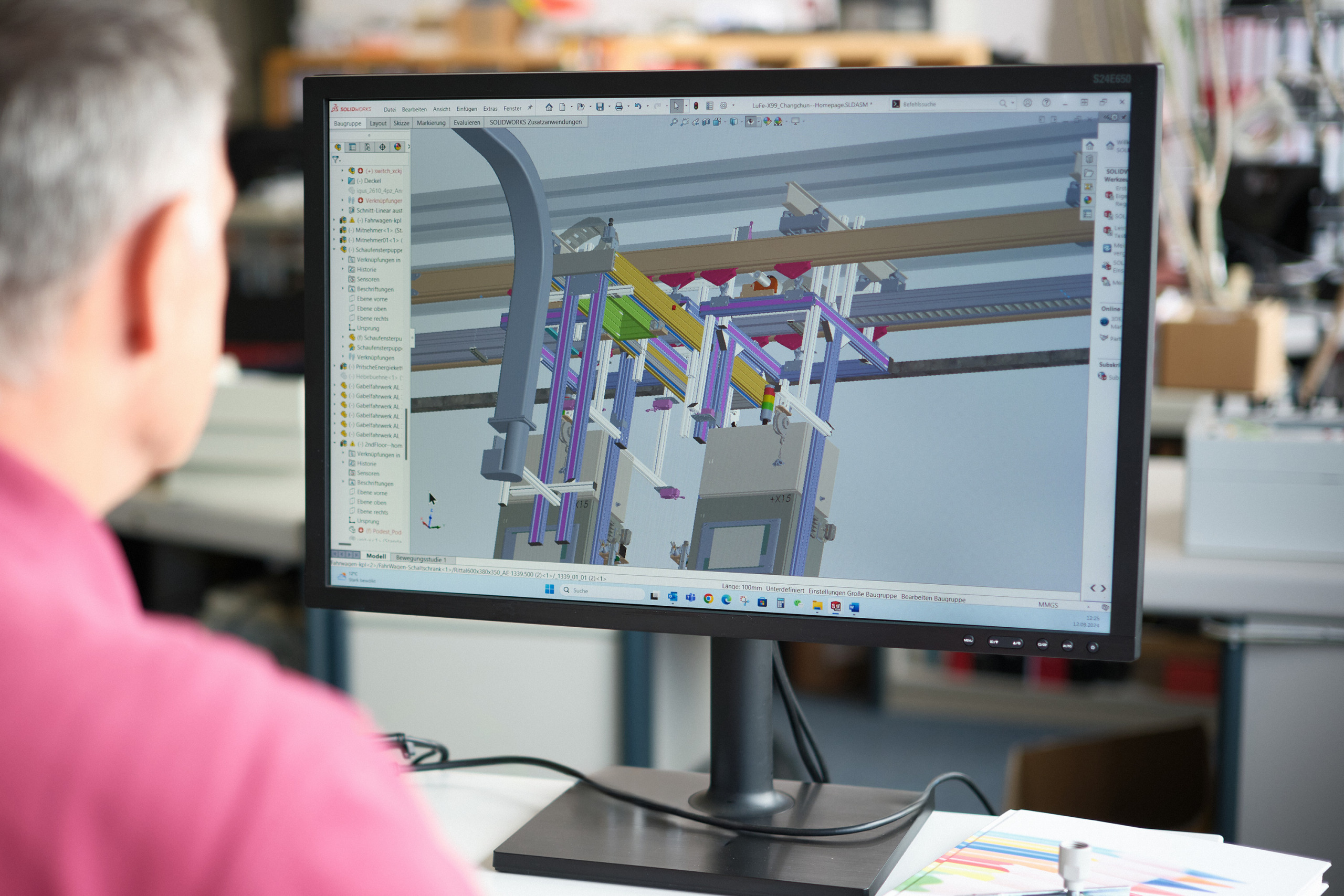
Definition What is an in-line test (also inline test)?
The term “in-line testing” (also “inline testing”) refers to quality assurance activities carried out directly within the production line. The purpose is to detect potential mistakes from previous manufacturing steps as early as possible and to correct them cost-effectively. This becomes particularly important when affected product components are no longer physically accessible at the end of the production line.
At Quintest, we have extensive experience in inline test scenarios across multiple industries. Our solutions stand out for their precision, robustness, safety, and future-proof design. High ease of operation and maintenance, together with excellent support, complete our offering.
References Customers who trust us
More details Scope and types of in-line tests (inline tests)
In-line tests (or inline tests) describe inspection tasks focussing on the immediately preceding manufacturing steps. Therefore, sub-components are tested rather than whole products. The specific tasks vary depending on the industry, product type, and manufacturer. In-line testers may perform:
- Electrical tests
Electronic components are used in most industries today and are often tested for faults directly after assembly. For example, in so-called in-circuit tests, short-circuit detection, resistance measurements, or capacitance determinations are performed to detect defects independently of function. - Optical inspections
Either via manual visual inspection or using cameras and automated image recognition, products are checked for completeness (e.g. are all modules assembled, are all labels correctly applied?) and for defects (e.g. do the product’s dimensions match specifications, are all cables routed correctly?).
In addition to “normal” cameras, other imaging technologies such as ultrasound, thermal imaging, or X-ray can also be used in inline testers. - Leakage testing
After the installation of any type of piping system (e.g. brake lines or pneumatic lines), leakage tests are often performed during in-line testing. Various methods are available to detect and locate leaks in housings, pipes, valves, etc. - Partial functional testing
For complex products such as vehicles, which consist of multiple product-like systems, subsystems are tested for functionality after their complete installation as part of inline testing. In the example of motor vehicles, these could be the brakes, engine, or headlights.
Differentiation In-line testing (inline testing) vs. other test types
An in-line test (or inline test) can primarily be distinguished from the following:
- End-of-line testing (EOL testing)
End-of-line tests are performed at the end of the production line, examining the product and its full functionality as a whole. They aim to ensure that no defective products reach the customer, thus improving customer satisfaction and brand image. - Research & development tests
Testing in R&D departments is much more extensive than in-line testing in production. Prototypes are compared not only against a specification but also against each other. They are evaluated comprehensively and objectively in all quality-relevant areas. Test types more common in development than in an inline tester include endurance tests or destructive tests to determine the limits of a prototype.
Industries Inline testing for many sectors
Whether inline testing for automotive applications or for medical technology – we deliver tailored solutions for various industries:
Automotive

We regularly develop automotive in-line tests, e.g. for brake pedal testing or leakage testing of air suspension systems.
Railway
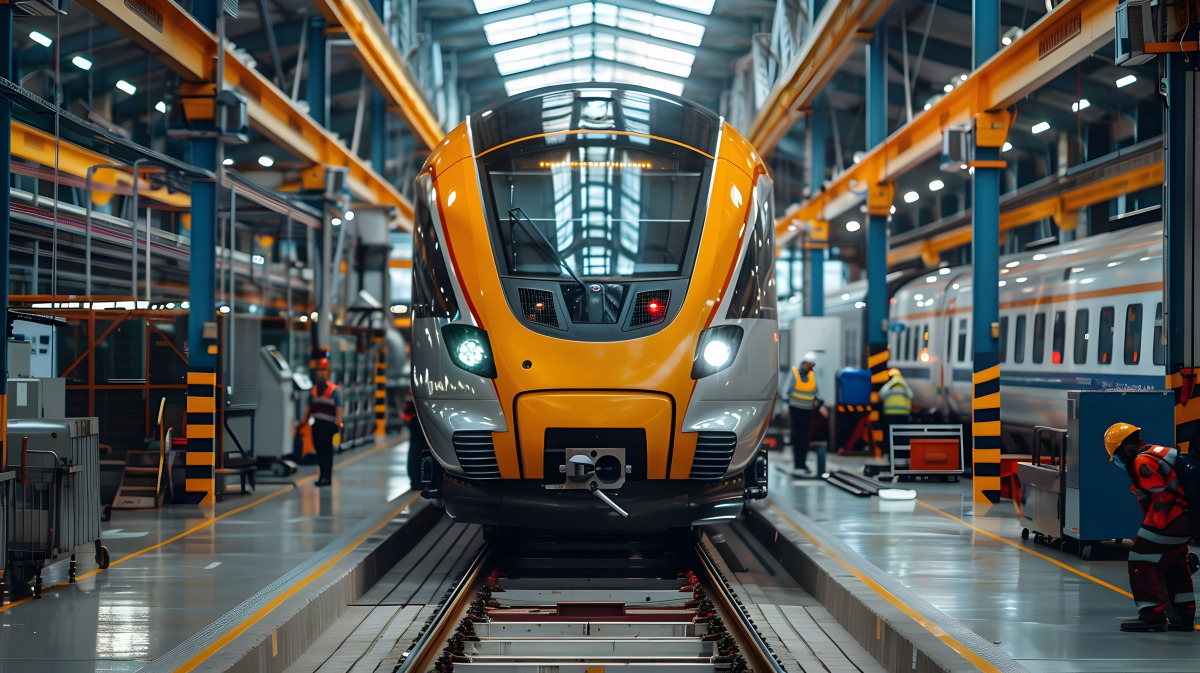
We assist with inline tests for the rail industry, for example in testing pantograph contact shoes or carriage climate control systems.
Building technology
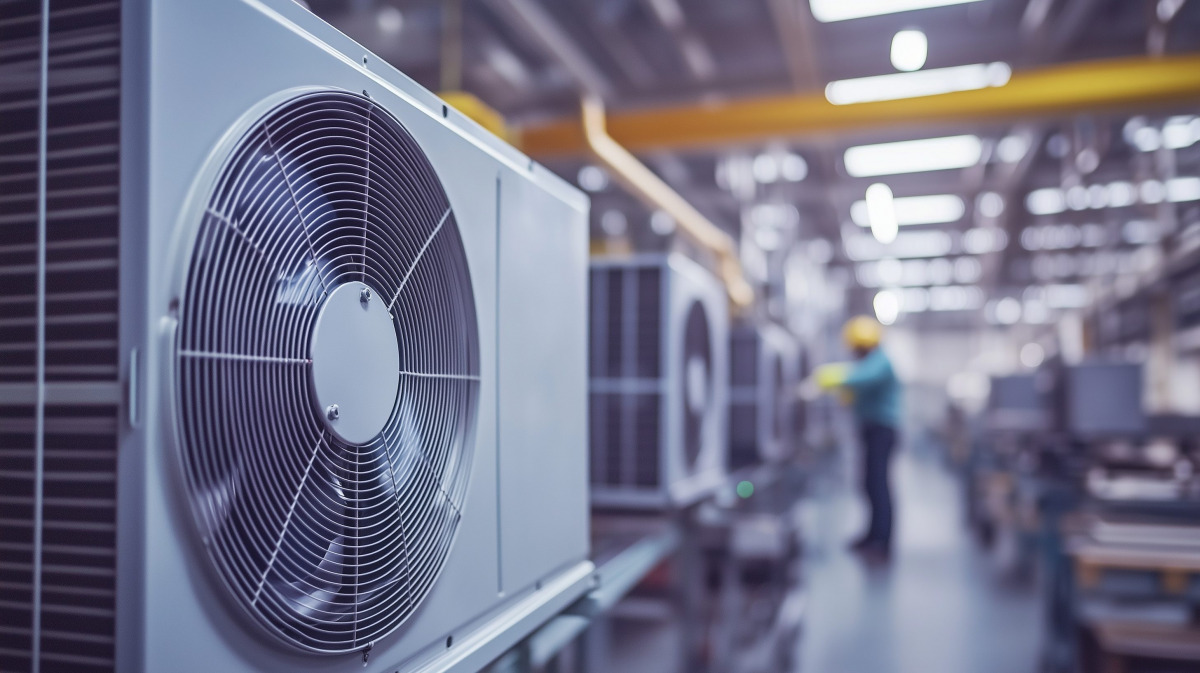
We design in-line testers for heating and cooling devices, e.g. for performance testing or consumption and emission analysis.
Medical technology
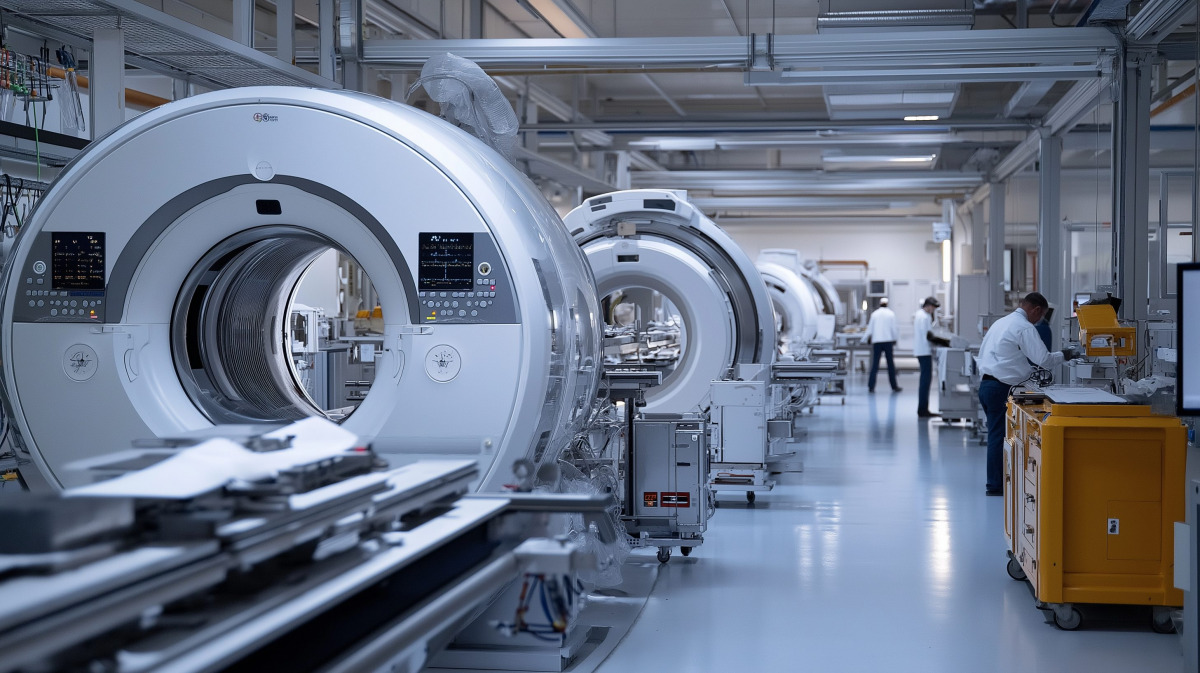
We deliver inline testers for medical technology with focus on electrical safety and electronic testing (including functional tests).
Electronics

For in-line testing of electronics hardware, we supply test systems and test fixtures for in-circuit, functional, and other electrical tests.
Services Your in-line tester from a single source
01
Test design
We develop a customised in-line tester based on your requirements – with precision, safety, usability, maintainability, and expandability in mind.
02
Test planning
Thanks to our many years of international experience, we can plan projects reliably. You benefit from high adherence to schedules and budgets for every inline testing project.
03
Procurement & implementation
After planning comes production. To ensure your inline tester is robust and durable, we use high-quality materials and precise workmanship. You receive a premium solution made in Germany.
04
Assembly & integration
If desired, our team also supports the setup of your in-line test system – either on-site or remotely. We also integrate your solution seamlessly into complex systems.
05
Test automation
We automate your inline test system using industry-leading test software such as NI LabVIEW, NI TestStand, GTS WinGuard, and DasyLab.
06
Maintenance & support
We focus on long-term partnerships with our customers, supporting you in all circumstances – from maintenance and updates to relocations, modifications, and disposal.

Case study 1 In-line testing for vehicle break pedals
In the automotive sector, brake systems are often tested right after installation and filling as part of an in-line test. Our inline tester – used by many renowned manufacturers – applies mechanical pressure to the brake pedal while measuring the force-travel curve. This allows leaks and air pockets in the brake system to be identified and corrected if necessary. The test also contributes to safety during subsequent test drives.
Case study 2 Assembly & in-line test for fan controllers
An electronics client required a solution for parallel assembly and inline testing of fan controllers. We developed a twin manufacturing station with two identical workspaces that can operate alternately: while one workspace assembles, the other serves as an in-line-tester – including voltage supply, signal testing, and communication checks. This parallelisation of assembly and inline test reduces downtime and increases throughput while maintaining test quality.
